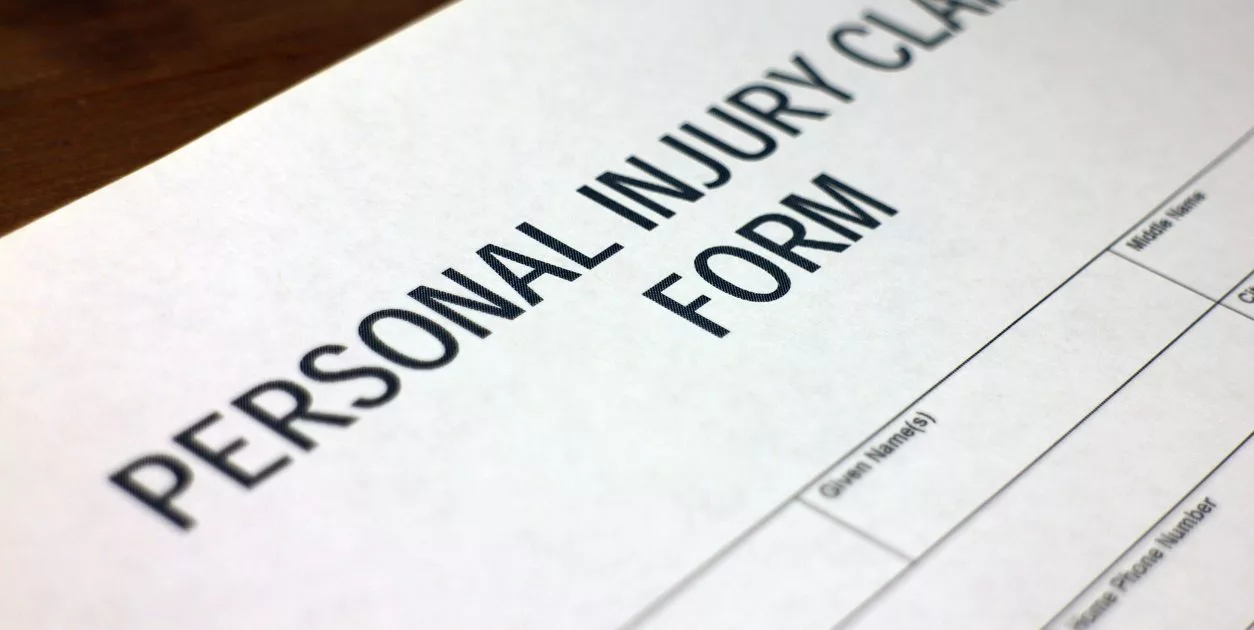Pain and Suffering Damages in California: What to Know
What’s the common practice for seeking pain and suffering damages in California? It varies for each person and type of injury, which is explained in more detail here.
Introduction
Everything we experience in life impacts us in one way or another. And these incidences can be life changing. Getting married can be the happiest day of your life – leaving you with unforgettable memories. In the same way, a workplace accident can leave you feeling physically broken, full of anguish, and unable to work.
One moment can change your life, for better or for worse. And, when it is at the hands of someone or something else, you need the means to receive compensation. The courts help you obtain this.
Pain and suffering damages in California result from personal injury cases. Here’s everything you need to know so that you can be on your way to finding peace once more.
Types of Personal Injury Cases
Everyone usually knows someone who has been a part of a personal injury case. They are very common – and can cover a wide array of incidents. In fact, personal injury cases can result from:
- A motor vehicle or boating accident
- Medical malpractice
- Wrongful death
- Workplace accident
- Premises liability
- Product liability
- Dog bites
- Nursing home abuse or neglect
- Aviation accidents
- Food poisoning
- Asbestos exposure
- Legal malpractice
Several different types of damages can be awarded in personal injury cases. Typically, these are medical bills, loss of income, property damage or loss, and punitive damages. However, pain and suffering damages are often awarded in personal injury cases due to the impact the injury has on one’s life. This could be physical, or it could be emotional.
What Do Pain and Suffering Look Like?
When it comes to compensating someone who has been injured, it is easy to look at things that have a dollar amount. For example, things like medical bills and lost wages can easily be determined due to the injuries involved. They are quantifiable.
But how do you put a dollar amount on pain and suffering? What do pain and suffering even look like? Although the feelings are very personal, several types of pain and suffering get awarded damages every day in court.
Here are some of the most common:
- Depression
- Terror and fright
- Emotional distress
- Loss of companionship
- Anger and grief
- Mental suffering
- Disfigurement
- A decrease in quality of life
- Physical impairment
- Sexual dysfunction
- Humiliation
- Loss of enjoyment of life
- Damaged reputation
- Physical pain
More specifically, if an accident leaves you permanently disfigured by physically causing changes to the body or physical appearance, damages can be awarded. If someone finds it hard to make it through the day due to mental trauma and fear stemming from the incident, damages can be awarded. And, if an accident leaves someone unable to truly fulfill their role as a spouse or a parent (loss of companionship) due to the inability to show affection or provide security, damages may be awarded.
While the matter is very subjective, many precedents help put pain and suffering into a greater perspective for the courts.
How Pain and Suffering Damages are Calculated
You may be wondering how those in the legal field can put a dollar amount on how you feel, both physically and emotionally. Well, believe it or not, there is no award number set in stone based on a specific injury. Instead, juries are instructed by their judges to use their knowledge, experiences, and good judgment to help determine what could seem like a fair and/or reasonable dollar amount. Though it is important to note that no money can truly compensate for the pain and suffering one feels after an injury.
Factors that are often taken into consideration when determining the value of pain and suffering are:
- Taking the testimony of the injured person. The descriptions of physical pain or emotional trauma are necessary.
- Often family members, friends, witnesses, colleagues, and so on may appear in court to help define the impact of the injury on the individual’s life. Giving descriptions of a before and after, including quality of life, demeanor, or even personality can be helpful to provide more depth to the claim.
- The testimony of physicians and other experts in the field describing the injury and its impact on your life. Going into detail about treatment and prognosis as well as a medical description of the pain can all be helpful to jurors.
- As a follow-up, prescription records and medical records should be provided and reviewed.
- Testimony from mental health professionals regarding the individual’s psychological evaluation can help shed light on the emotional impact the injury has had. These experts can explain this in detail to the jurors.
- Video surveillance, photos, and more are always beneficial. Showing the results of the pain and suffering, whether it be photos of the injury itself or video showing the new way of life due to debilitating injury and more.
Getting the Help You Need
If you have been injured and it has impacted your life more than you’d like, you may find yourself with a case. In California, pain and suffering compensation comes from a personal injury case. You can seek these non-quantifiable damages by presenting a thorough case in front of a jury.
There is no set amount that you can be awarded for certain injuries. For example, having a spinal cord injury does not mean you will get $2,000,000.00 and a dog bite does not award you $50,000.00. Instead, your case is presented – including your testimony, expert testimony, and other key components listed above – and the jury comes together to determine what you should be compensated for your physical and emotional pain and suffering.
While no amount of money can replace what you lose, it can make life a bit easier – and help you get the tools you need to make it more manageable. Hiring an experienced attorney is your best chance at reaching this end-result. Life is much too precious to leave it to chance.
Read More:
Are you in search for a certified attorney to represent you?
Let us help you find one today!


